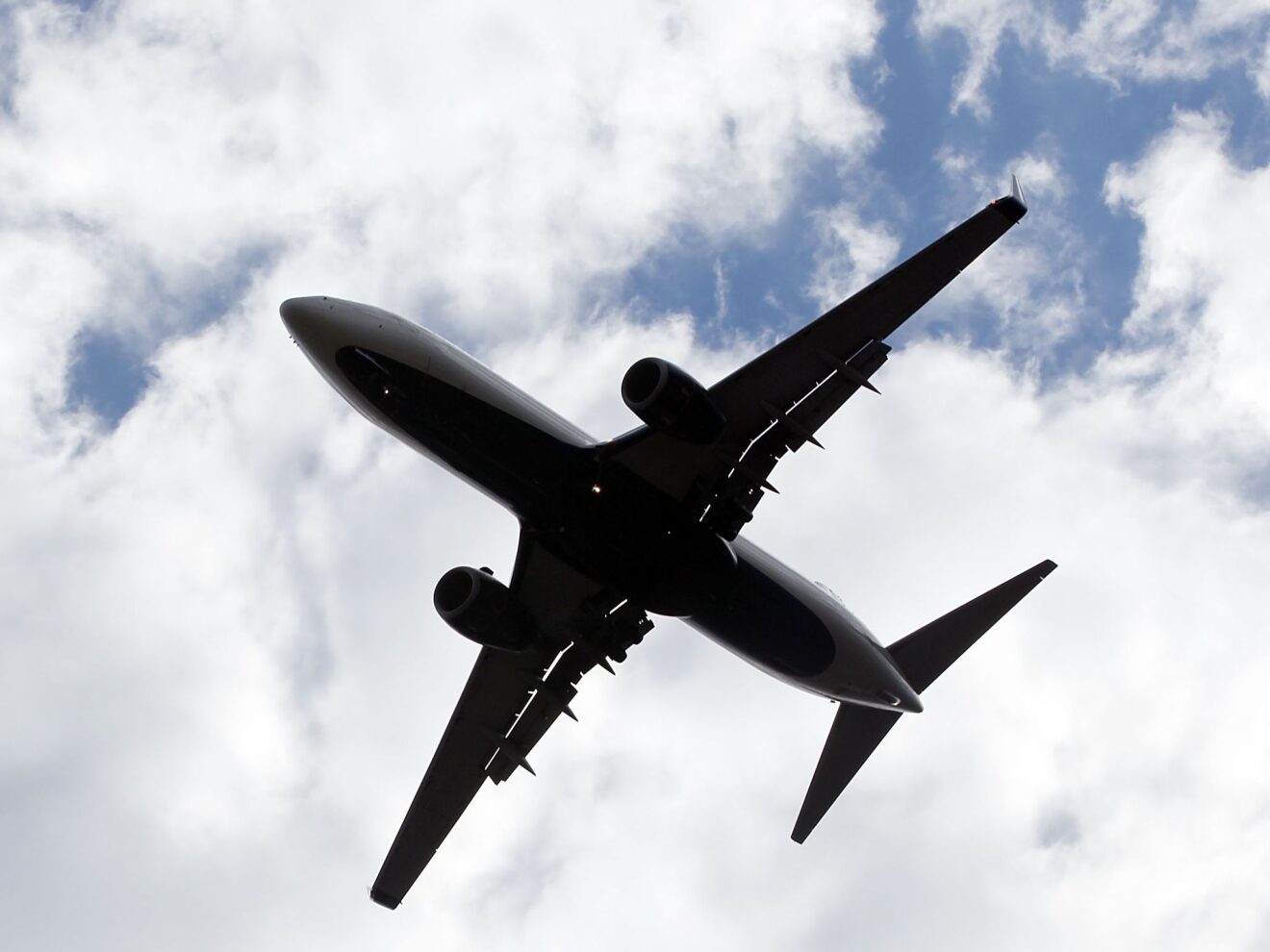What is the purpose of a loyalty program? The simple answer depends on the brand or company implementing it. For some, the primary goal will be customer retention; for others, it will be recognizing and rewarding high-value customers. Still, other companies might perceive their loyalty program as a mechanism for driving incremental revenue.
In the aggregate, however, the goals all brands hold for their loyalty initiatives can evolve over time. That’s one of the key trends we identified in our 2024 Travel Loyalty Outlook report — that the goalposts for loyalty have moved, and they’ve moved toward increasing customer lifetime value (CLV).
How can brands best leverage their loyalty programs to deliver on that goal? What are the challenges that might prevent their loyalty strategies from maximizing CLV? And what technologies can help them overcome those challenges?
Evolving loyalty goals
First, let’s examine the drivers behind brands’ shifting loyalty priorities. Our survey of more than 100 loyalty professionals in the US found that 29% of brands now consider increasing CLV to be the most important goal of their loyalty strategies, up from 16% in 2021. That 2021 survey, conducted during a pandemic year, showed that loyalty providers' primary objective was attracting new members. Given the immediate uncertainty surrounding travel-related business, brands naturally focused on expanding and preserving their customer base to remain viable.
As that uncertainty has waned, brands’ priorities have turned toward longer-term (and profitability-related) goals, like increasing CLV and boosting loyalty program member spending (9% in 2021 to 11% in the 2023 survey). Brands’ tactical goals for their loyalty programs for the upcoming year also reflect their strategic aim of driving customer lifetime value through increased engagement.
Encouraging existing members to move up a tier, increasing total spending through the loyalty program, and introducing new rewards or earning redemption options – the top three forward-looking loyalty program goals, according to our survey – all signal a results-focused loyalty orientation.
The challenges brands face in reaching their loyalty targets
Achieving those results isn’t guaranteed, of course, and brands’ self-reported challenges describe significant hurdles in the race to maximize CLV. For instance, the top loyalty program-related challenge cited by survey respondents was maintaining appropriate customer service levels (26%), followed closely by demonstrating the value of rewards to program members (20%).
If brands can’t rely on their loyalty programs to communicate value to members or adequately support them when they need help, it will be challenging to retain customers long enough to boost their lifetime value to the brand.
Brands also struggle to align their loyalty program capabilities to customer expectations. According to our survey, 21% of consumers of loyalty programs with travel rewards are frustrated by difficult or complex processes to earn and redeem points or miles, while just 14% of brands think this is what consumers find most frustrating. Fortunately, loyalty program technology focusing on travel rewards and booking capabilities can help close this expectation gap.
Where does travel fit in?
Travel has long been an effective reward in loyalty program portfolios; that’s why most programs (95%) offer them in some form or another. Our survey data also shows that American consumers are looking for a variety of ways to reduce travel costs, including redeeming points to lower the overall expense of their trip (46%), booking discounted travel through their program’s booking portal (31%), and using their membership to secure discounts with travel providers (29%).
This makes travel rewards an integral tool for delivering value to members and increasing their CLV to the brand through more frequent and consistent loyalty program engagement.
Loyalty technology designed to drive CLV
But not all travel rewards are designed and deployed the same way. For a travel loyalty program to successfully drive engagement and maximize CLV, it must leverage a flexible loyalty currency, employ effective marketing initiatives, and maintain quality customer service.
A flexible loyalty currency allows programs to modify points’ value, integrate new savings, and fund bonus points or miles through the margin earned on other travel products. Loyalty programs can then use this flexibility to reward or incentivize members for desired actions, like reaching a higher membership tier. Full-service marketing capabilities help loyalty programs communicate their value to members more effectively and eliminate divergences in expectations. And quality customer service can be the key to keeping members engaged for years to come.
Notice that “years to come” is the operative phrase when it comes to customer lifetime value. Brands can only maximize this vital metric by focusing on customers’ long-term satisfaction and affinity. A loyalty program with an attractive portfolio of travel rewards has the flexibility to engage and reward members in various ways and offers excellent customer support, which can be a critical tool for maximizing CLV. To truly optimize their loyalty strategies, brands only need to identify the right travel loyalty partner to help them achieve their most important goals.
Opinions expressed by SmartBrief contributors are their own.
Read more from SmartBrief:
- Q&A: How AI is impacting the travel experience
- How to serve client, supplier and stakeholder stakeholder travelers
- How to serve return-to-base business travelers
_______________________
If you enjoyed this content, you sign up for Hotel & Lodging SmartBrief, SmartBrief for the Business Traveler and SmartBrief for the Travel Professional to get travel news and trends in your inbox.
